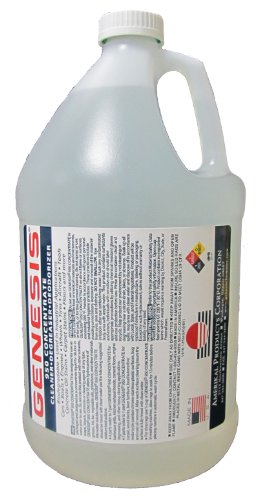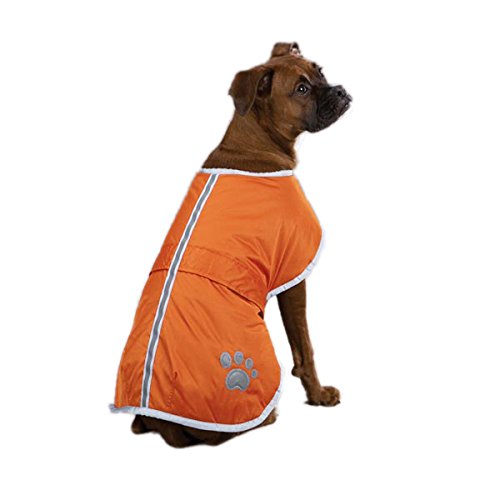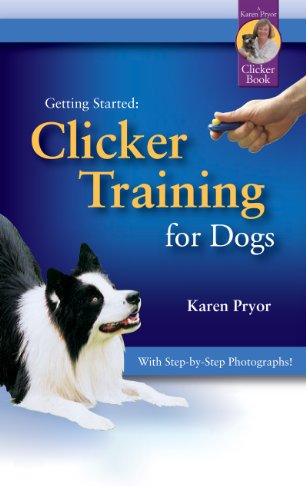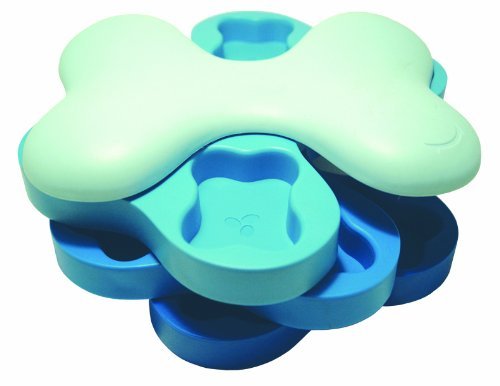Ohhh watch that border collie weave through those poles at full speed
without missing an entry. Just like an olympic slalom skier weaving around
the sticks. Ohhh watch that border collie fly thru the jumps without
knocking over bars, or how about perfect contacts on A-frame, dogwalk, and
teeter. Aren't they the most incredible animals on earth, huh? You must
have seen them on Animal Planets channel, or Great Outdoors games in ESPN.
Its amazing how easy it looks for the border collies to breeze through all
the dog agility equipment and obstacles on course. Hey now, its time to
wake up, look at your dog. You think "Hmmmm, if that border collie can do
it, I think my dog can do it too". Whoa, hold your horses! Get this, every
dog is different. Dogs have different reasons for enjoying agility. Some
like the reward either for the food or toy, or some dogs just want to run
and jump. Remember this, border collies, most of them anyway, are made for agility, the speed, circular courses and quick turns fire them up. A
labrador retriever is made for hunting and retreiving ducks and birds,
working in linear patterns, and coming back to you. These are good skills to
have in agility. Know your breed strengths and utilize these in training
agility. Any dog can do agility, but some dogs, for instance, a basset
hound will never do what a border collie can do. Get this? Lets move on to
the next paragraph on size of the dog.
There's a saying that a small size border collie will perform better on the
agility course than a medium or big size border collie. Size determines
which height catagory your dog is placed in, but does not indicate level of
performance. Lets not forget it goes back to the trainer or handler. The
question you need to ask is how much training will it take for my dog to go
through the weave poles, make contacts, or run the way I want it to.
Some will say that training weaves is the hardest obstacle to teach, others
will say giving commands, yet others the contacts. No matter where you and
your dog start first, you as the trainer and handler will need to set a
goal. Keep training fun, short, and simple. One simple method of training
your dog is to reward with food or toy. Every dog has a desire to please
you to some degree, but not every dog understands what you expect. If your dog is driven by food, reward it with a small treat after a short exercise,
continue after every task. If your dog is driven by toy such as ball or
frisbee, use it as a reward also.
You might think getting start in the agility sport is expensive. As the
cost of raw materials goes up, so does the equipment. One way to cut down
on cost, is to join an agility club. However, it costs to join also.
Others might prefer to purchase a few pieces of dog agility equipment at a
time for their own backyard training. Still others might want to purchase
equipment for day care, just set up as doggie playgroung. Regardless, it
costs money. You will need to ask yourself, do I want to invest in money
and time? Or do I want to do it just to have fun, as a hobby? Will my dog
like to run and jump?
Every trainer has a different philosophy and approach to agility training
equipment, which is hardest and which is easiest, which takes the longest
and which takes the shortest to learn. Every dog is different, has a
different desire and perspective to agility. It does not matter how small
or big your dog is, its how much you and your dog enjoy the training and
playing. And to top it off, start with an exciting and positive attidude
and have lots of fun.

 Puppy Potty Training Carpet Cleaning Tips
Potty Training A PuppyHow To
Puppy Potty Training Carpet Cleaning Tips
Potty Training A PuppyHow To
 Dog Coats for Winter
Our dogs are part of our fam
Dog Coats for Winter
Our dogs are part of our fam
 How To Train Your Puppy The Right Way
Train Your Dog Using Positiv
How To Train Your Puppy The Right Way
Train Your Dog Using Positiv
 Five Ways to Stop Dog Barking When You Leave Your Pet Alone
Many dog owners are surprise
Five Ways to Stop Dog Barking When You Leave Your Pet Alone
Many dog owners are surprise
 Dog Leash Training
A pet owner should always ta
Dog Leash Training
A pet owner should always ta